Home>Articles>How Long Does Laminate Floor Need To Acclimate
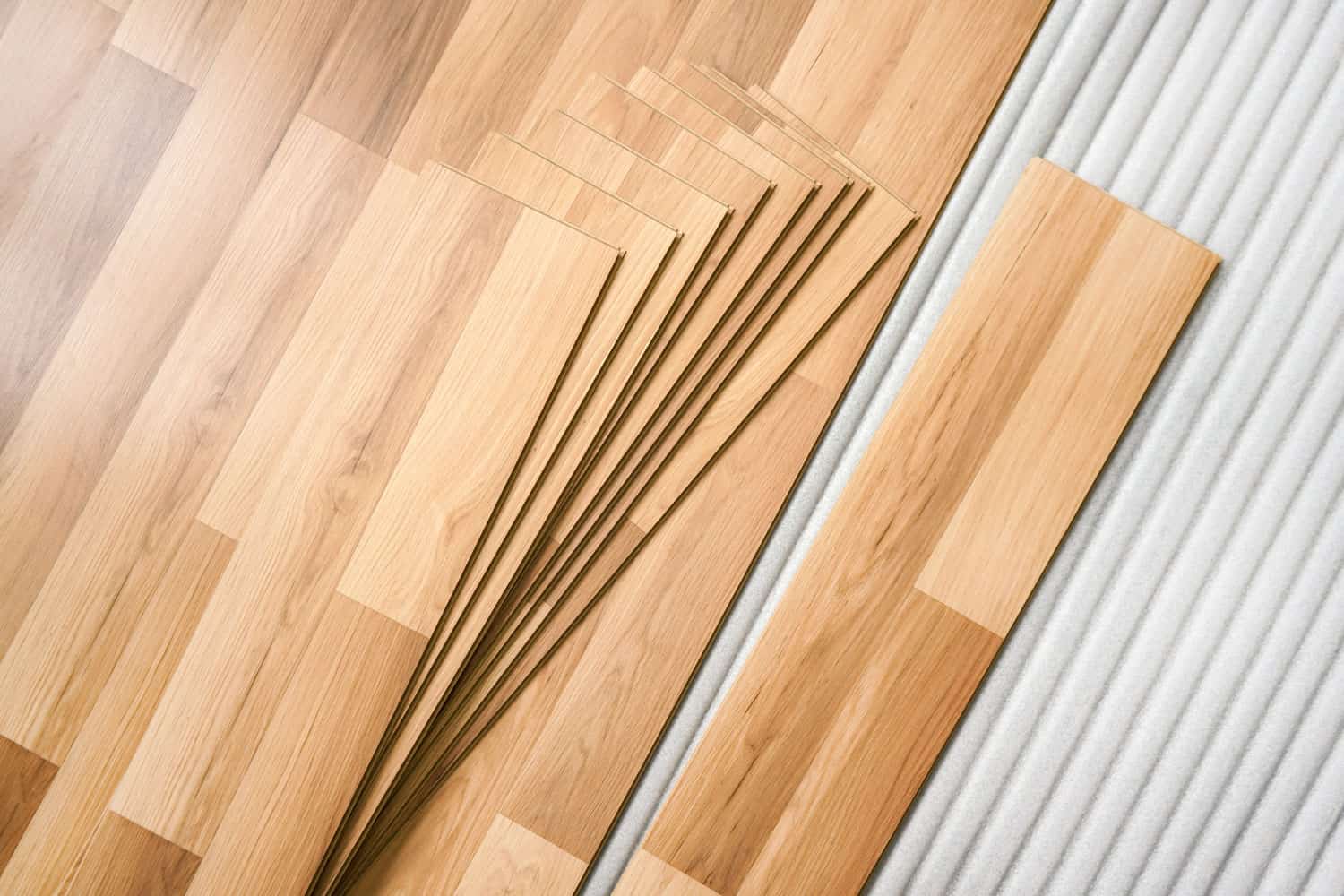

Articles
How Long Does Laminate Floor Need To Acclimate
Modified: January 8, 2024
Discover how long laminate floors need to acclimate before installation. Read our informative articles and get the answers you need.
(Many of the links in this article redirect to a specific reviewed product. Your purchase of these products through affiliate links helps to generate commission for Storables.com, at no extra cost. Learn more)
Introduction
Laminate flooring has become a popular choice for homeowners due to its durability, affordability, and wide range of design options. When installing laminate flooring, one crucial step that is often overlooked is the acclimation process. Acclimating laminate flooring is the process of allowing the material to adjust to the temperature and humidity conditions of the room it will be installed in. This is essential to ensure that the flooring maintains its stability and avoids issues such as buckling or warping.
In this article, we will explore the importance of acclimation for laminate flooring and discuss the factors that can affect the acclimation time. We will also provide recommendations for the recommended acclimation period and offer tips on how to properly acclimate laminate flooring for a successful installation.
By understanding the significance of acclimation and following the proper procedures, you can ensure that your laminate flooring performs at its best and lasts for years to come.
Key Takeaways:
- Proper acclimation of laminate flooring is essential to prevent issues like buckling and warping. Follow the recommended 48-72 hour acclimation period and store flooring in the installation room for best results.
- Signs of properly acclimated laminate flooring include stable dimensions, no visible gaps, consistent appearance, and absence of buckling or cupping. Consult manufacturer’s instructions and professionals for guidance.
Read more: How To Level Floor For Laminate
What is Laminate Flooring?
Laminate flooring is a synthetic flooring material that simulates the appearance of hardwood, tile, or even stone. It is composed of several layers, typically starting with a backing layer, followed by a core layer, a design layer, and finally a wear layer. These layers are fused together using high heat and pressure to create a durable and long-lasting flooring option.
The design layer of laminate flooring is a high-resolution image that replicates the natural grain and texture of wood or the pattern of tile or stone. This gives laminate flooring its realistic appearance while offering a wider range of design options compared to traditional flooring materials.
Laminate flooring is known for its ease of installation. It typically comes in interlocking planks or tiles that can be snapped together, eliminating the need for glue or nails. This makes it a popular choice for DIY enthusiasts looking to upgrade their floors without the hassle of hiring a professional.
One of the main advantages of laminate flooring is its durability. The wear layer on top of the design layer provides protection against scratches, stains, and fading, making laminate flooring a practical option for high-traffic areas in homes, such as living rooms, hallways, and kitchens.
Additionally, laminate flooring is relatively low maintenance. It is resistant to moisture, making it suitable for areas where water spills may occur, such as bathrooms and laundry rooms. However, it is important to note that excessive moisture can still cause damage, so proper precautions should be taken.
In terms of cost, laminate flooring is an affordable alternative to hardwood or tile flooring. It offers the look of natural materials at a fraction of the price, making it an attractive choice for budget-conscious homeowners.
Overall, laminate flooring provides a stylish and practical flooring solution for any home. Its versatility, durability, and cost-effectiveness make it a popular option among homeowners looking to enhance the aesthetics and functionality of their living spaces.
The Importance of Acclimation
Acclimating laminate flooring is a crucial step that should not be overlooked during the installation process. This process allows the flooring material to adjust to the temperature and humidity conditions of the room it will be installed in. Failing to acclimate laminate flooring properly can lead to various issues, including buckling, warping, and gaps between the planks.
One of the primary reasons for acclimation is the natural expansion and contraction of the laminate flooring due to changes in moisture levels. Laminate flooring is made up of multiple layers that can react differently to different environments. By allowing the flooring to acclimate to the room’s conditions, it can minimize the risk of these changes causing problems after installation.
Another reason for acclimation is to ensure the stability of the flooring. Different rooms have different levels of temperature and humidity, and if the laminate flooring is not acclimated correctly, it may not adapt well to these conditions. This can lead to the flooring shifting or buckling, compromising its overall durability and appearance.
Furthermore, acclimation helps to prevent issues that may arise from moisture or moisture-related problems. Moisture trapped within the laminate planks can cause them to swell, warp, or even develop mold or mildew. Acclimating the flooring allows any excess moisture to dissipate, reducing the likelihood of these problems occurring.
Proper acclimation also ensures that the flooring will perform as expected in terms of its appearance and lifespan. Without acclimation, the flooring may wear unevenly, leading to premature damage. Additionally, acclimating the laminate flooring allows the planks to settle and adjust, reducing the possibility of gaps forming between them over time.
In essence, acclimation is a critical step in the installation process of laminate flooring. It allows the flooring to adapt to its environment, minimizing the risk of issues such as buckling, warping, and gaps. By ensuring proper acclimation, you can prolong the lifespan of your laminate flooring and maintain its visual appeal for years to come.
Factors Affecting Acclimation Time
The acclimation time for laminate flooring can vary depending on several factors. Understanding these factors will help you determine the appropriate duration for acclimating your laminate flooring before installation. Here are some key factors that can affect the acclimation time:
- Temperature and Humidity: The temperature and humidity levels of the room play a significant role in the acclimation process. Laminate flooring should ideally be installed in an environment with a consistent temperature between 60 to 80 degrees Fahrenheit and a relative humidity level between 30% to 50%. Extreme fluctuations in temperature or humidity can affect the performance of the flooring and may require a longer acclimation period.
- Type of Laminate Flooring: Different types of laminate flooring can have varying acclimation requirements. Laminate flooring with a higher density core, such as HDF (High-Density Fiberboard), may require a longer acclimation period compared to laminate flooring with a lower density core. Additionally, laminate flooring with a moisture-resistant core may have different acclimation needs depending on the manufacturer’s specifications.
- Installation Location: The location where the laminate flooring will be installed can also impact the acclimation time. Rooms that are prone to higher levels of moisture, such as bathrooms or basements, may require a longer acclimation period to ensure the flooring can properly adapt to the environment. Additionally, rooms with extreme temperature variations, like sunrooms or rooms directly exposed to outdoor elements, may require extra acclimation time.
- Thickness of Laminate Flooring: The thickness of laminate flooring can influence its acclimation time. Thicker laminate planks typically require a longer acclimation period due to their higher density. Thinner laminate flooring may be able to acclimate more quickly, but it is still essential to follow the manufacturer’s recommendations to ensure a successful installation.
- Manufacturer’s Instructions: It is crucial to follow the manufacturer’s instructions regarding the acclimation process. Each manufacturer may have specific guidelines for their laminate flooring products, including recommended acclimation times and conditions. Adhering to these instructions will help ensure that the flooring performs optimally and avoids any warranty-related issues.
Considering these factors and consulting the manufacturer’s instructions will help you determine the appropriate acclimation time for your laminate flooring. Giving the flooring sufficient time to adjust to its surroundings will greatly reduce the risk of installation problems and ensure the longevity and performance of your laminate flooring.
Laminate flooring typically needs to acclimate for 48 hours in the room where it will be installed. This allows the flooring to adjust to the temperature and humidity of the space, reducing the risk of warping or buckling after installation.
Recommended Acclimation Period for Laminate Flooring
The recommended acclimation period for laminate flooring is typically around 48 to 72 hours. This timeframe allows the flooring to adapt to the temperature and humidity conditions of the room it will be installed in. However, it is important to note that the specific acclimation time can vary depending on the factors mentioned earlier, such as the type of laminate flooring, installation location, and manufacturer’s instructions.
During the acclimation period, it is crucial to store the laminate flooring in the same room where it will be installed. This allows the flooring to acclimate to the temperature and humidity levels of the space, ensuring a better fit and minimizing future issues. It is recommended to keep the flooring cartons unopened during acclimation to prevent any moisture absorption or damage to the planks.
An acclimation period of 48 to 72 hours is generally sufficient for most laminate flooring installations. However, in areas with extreme temperature or humidity conditions, or with thicker or moisture-resistant laminate flooring, it may be necessary to extend the acclimation period. It is best to consult the manufacturer’s instructions for specific guidance on acclimation times for your particular laminate flooring product.
During the acclimation period, it is essential to ensure that the room is maintained at the recommended temperature and humidity levels. This will help the laminate flooring adjust properly and reduce the risk of future problems such as buckling or gaps. Maintaining a stable environment in the room throughout the installation and afterwards is also crucial to maintaining the integrity and performance of the laminate flooring.
By following the recommended acclimation period and allowing sufficient time for the laminate flooring to adjust to its surroundings, you can ensure a successful and long-lasting installation. Proper acclimation minimizes the risk of issues such as buckling, warping, or gaps, and helps the flooring perform optimally in terms of appearance and durability.
Read more: Laminate Wood Flooring
Tips for Proper Acclimation
Proper acclimation is crucial for the successful installation of laminate flooring. Here are some tips to ensure that you acclimate your laminate flooring correctly:
- Follow the Manufacturer’s Instructions: Each laminate flooring product may come with specific acclimation instructions from the manufacturer. It is essential to read and follow these instructions carefully. They will provide you with the recommended acclimation time, temperature, and humidity conditions for your particular flooring.
- Store the Flooring in the Installation Room: During the acclimation process, it is essential to store the laminate flooring in the same room where it will be installed. This allows the flooring to adjust to the temperature and humidity levels of the space. Be sure to keep the flooring cartons unopened to prevent moisture absorption or damage to the planks.
- Maintain Proper Temperature and Humidity Levels: Ensure that the room where the flooring will be installed is maintained at the recommended temperature and humidity levels throughout the acclimation process. Use a reliable thermometer and hygrometer to monitor these conditions. Maintain a consistent temperature between 60 to 80 degrees Fahrenheit and a relative humidity level between 30% to 50% for optimal results.
- Avoid Extreme Temperature and Humidity Fluctuations: Rapid changes in temperature or humidity can affect the acclimation process and the performance of the laminate flooring. Avoid opening windows or doors frequently during the acclimation period, as it can cause drastic changes in the room’s conditions. Keep the room well-insulated and protected from direct sunlight or excessive moisture.
- Allow Sufficient Acclimation Time: The recommended acclimation period for laminate flooring is typically around 48 to 72 hours. However, depending on factors such as the type of laminate flooring and the installation location, it may be necessary to extend the acclimation time. Follow the manufacturer’s instructions and consider the specific conditions of the room to determine the appropriate acclimation duration.
- Check the Subfloor Conditions: Before installing the laminate flooring, it is essential to ensure that the subfloor is clean, dry, and free from any imperfections. The acclimation period provides an opportunity to inspect the subfloor and make any necessary repairs or adjustments before installation.
- Consult with a Professional: If you are unsure about the proper acclimation process for your specific laminate flooring or if you have unique installation circumstances, it is advisable to consult with a professional. They can provide expert guidance and ensure that the acclimation and installation are carried out correctly.
By following these tips, you can ensure that your laminate flooring acclimates properly, reducing the risk of installation issues and ensuring its long-term performance. Proper acclimation sets the foundation for a successful installation and allows the laminate flooring to perform at its best for years to come.
Signs of Properly Acclimated Laminate Flooring
Properly acclimated laminate flooring exhibits certain signs that indicate it is ready for installation. By understanding these signs, you can ensure that your laminate flooring has adequately adjusted to its environment and minimize the risk of future problems. Here are some signs to look for to determine if your laminate flooring is properly acclimated:
- Stable Dimensions: Laminate flooring that has acclimated properly should have stable dimensions. This means that the flooring planks or tiles should not show signs of warping, bowing, or curling. They should maintain their flat and even shape, indicating that they have adapted well to the temperature and humidity conditions of the room.
- No Visible Gaps: Properly acclimated laminate flooring will not have noticeable gaps between the planks or tiles. Gaps can indicate that the flooring has not fully adjusted to its surroundings or that there are installation issues. If there are no visible gaps between the flooring pieces, it is a good indication that the acclimation process has been successful.
- Consistent Appearance: Laminate flooring that has acclimated properly should exhibit a consistent appearance throughout. The color, texture, and finish of the flooring should be uniform across all planks or tiles. Any discrepancies in color or texture can suggest that the flooring has not acclimated evenly, which could lead to inconsistencies in its performance and appearance over time.
- No Buckling or Cupping: Properly acclimated laminate flooring should lay flat on the subfloor without any signs of buckling or cupping. Buckling occurs when the flooring lifts upward from the subfloor, while cupping refers to a concave or dished appearance of individual planks. These issues can arise if the flooring has not acclimated adequately, which can lead to long-term problems with its stability and durability.
- Proper Moisture Content: Moisture content is an essential factor to consider when determining if laminate flooring has acclimated properly. Using a moisture meter can help assess the moisture level of the flooring. The moisture content should fall within the acceptable range indicated by the manufacturer for your particular laminate flooring product. Proper moisture content ensures that the flooring is neither too dry nor too moist, reducing the risk of damage or changes in performance.
By observing these signs, you can determine if your laminate flooring has gone through the necessary acclimation process and is ready for installation. If you notice any issues such as warping, gaps, or inconsistent appearance, it is advisable to consult with a professional to address these concerns before proceeding with the installation. Proper acclimation sets the stage for a successful flooring project and ensures the long-term performance and beauty of your laminate flooring.
Conclusion
Acclimating laminate flooring is a crucial step in ensuring a successful and long-lasting installation. Proper acclimation allows the flooring to adjust to the temperature and humidity conditions of the room, reducing the risk of issues such as buckling, warping, and gaps. By following the recommended acclimation period, storing the flooring in the installation room, and maintaining appropriate temperature and humidity levels, you can ensure that the laminate flooring adapts properly to its surroundings.
Factors such as the type of laminate flooring, installation location, and manufacturer’s instructions can affect the acclimation time. It is essential to consider these factors and consult the manufacturer’s guidelines to determine the appropriate duration for acclimating your specific laminate flooring product.
Properly acclimated laminate flooring exhibits signs such as stable dimensions, no visible gaps, consistent appearance, and absence of buckling or cupping. These signs indicate that the flooring has adjusted well to its environment and is ready for installation.
Remember to always follow the manufacturer’s instructions and consult with professionals if you have any doubts about the acclimation process. They can provide expert guidance and ensure that your laminate flooring is installed correctly for optimal performance and longevity.
By taking the time to acclimate your laminate flooring properly, you are investing in the durability, stability, and aesthetic appeal of your floors. With a little patience and attention to detail, you can enjoy the beauty and functionality of your laminate flooring for many years to come.
Frequently Asked Questions about How Long Does Laminate Floor Need To Acclimate
Was this page helpful?
At Storables.com, we guarantee accurate and reliable information. Our content, validated by Expert Board Contributors, is crafted following stringent Editorial Policies. We're committed to providing you with well-researched, expert-backed insights for all your informational needs.
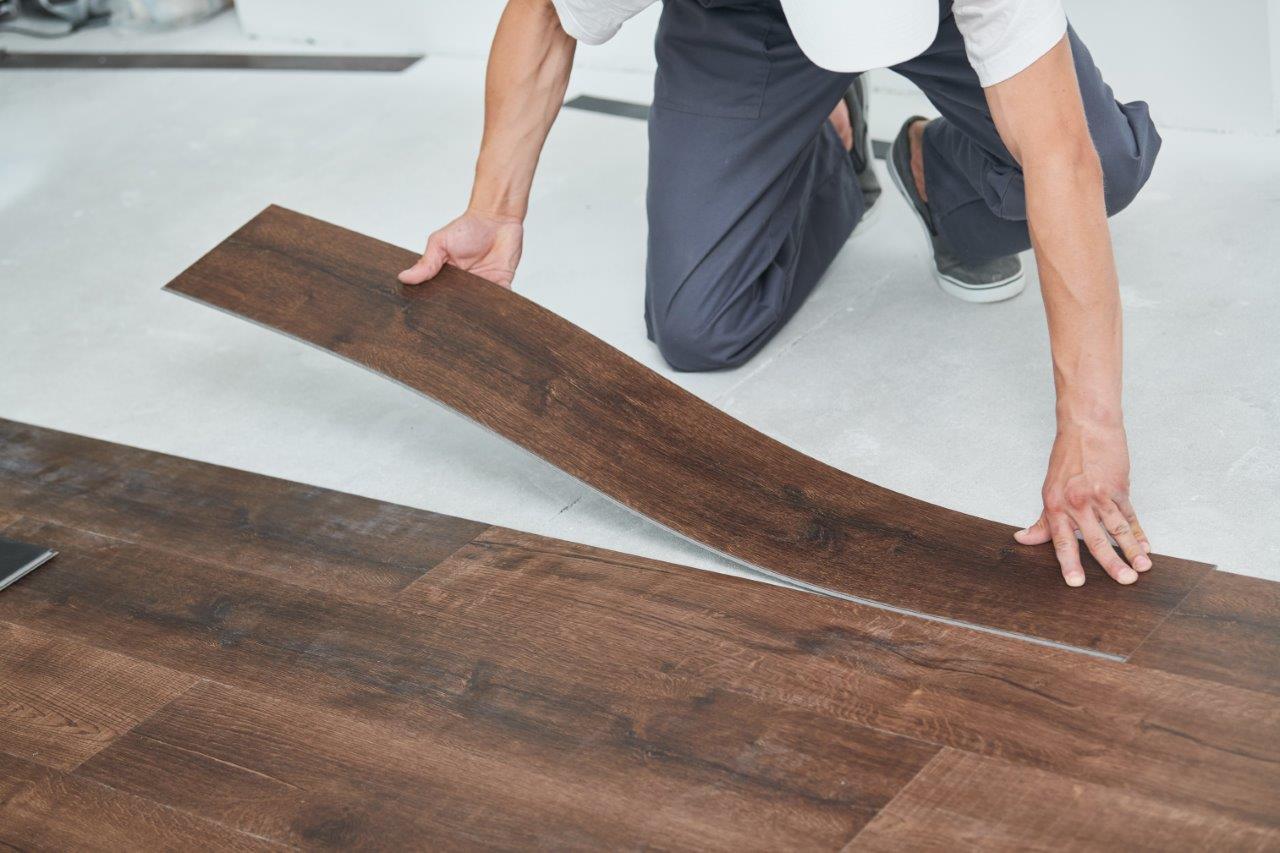
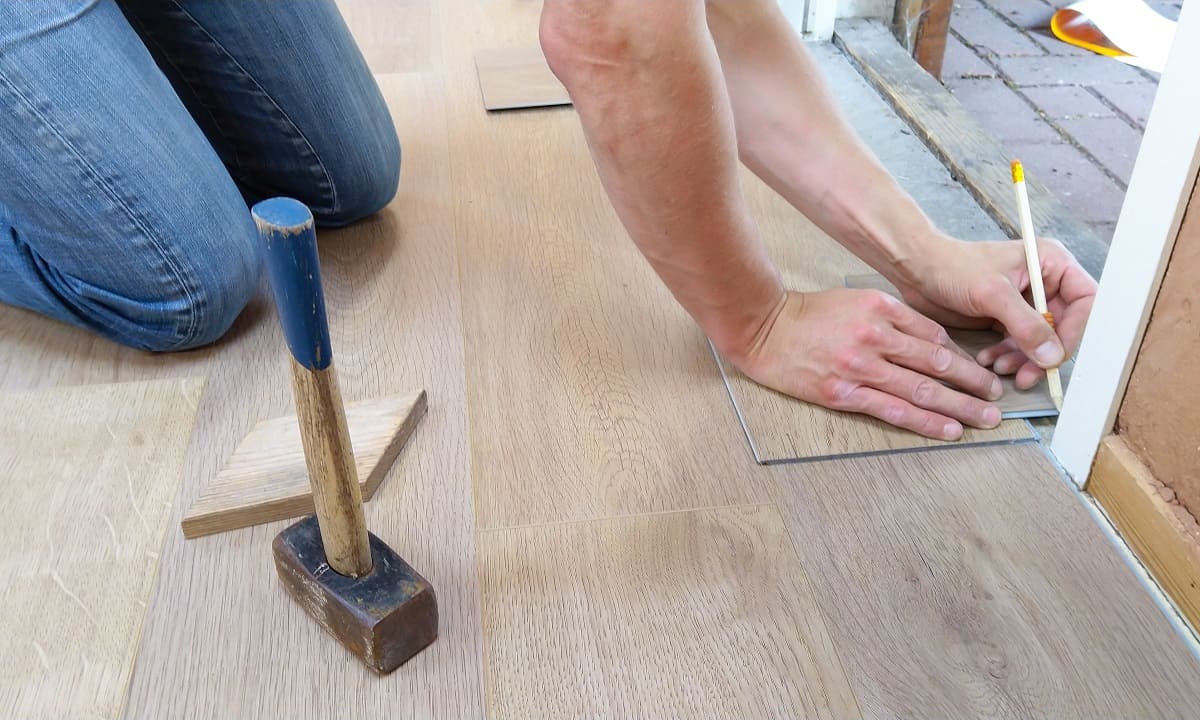
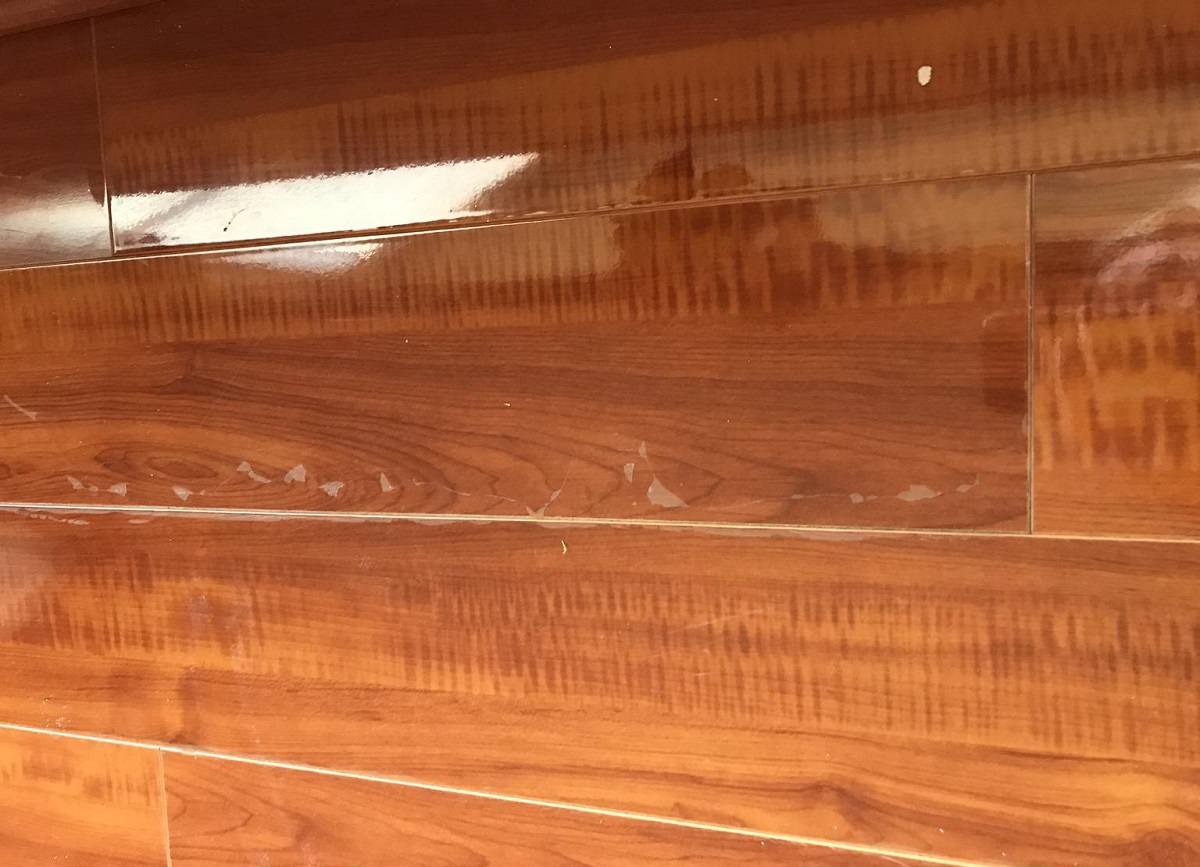
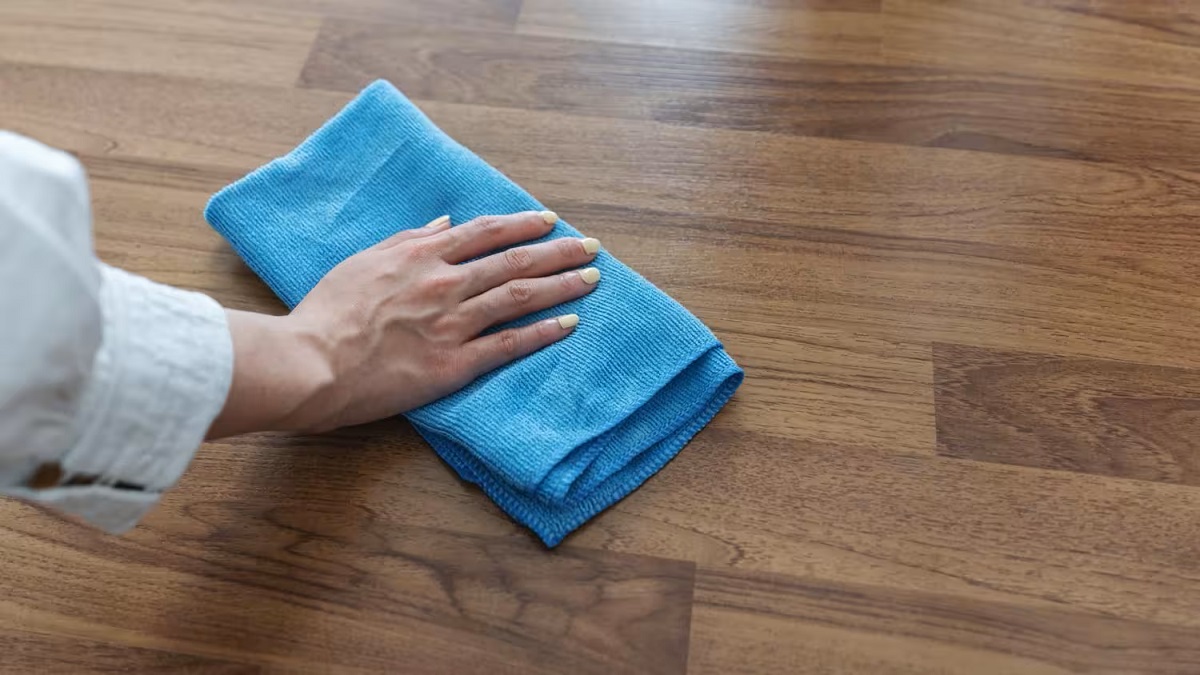
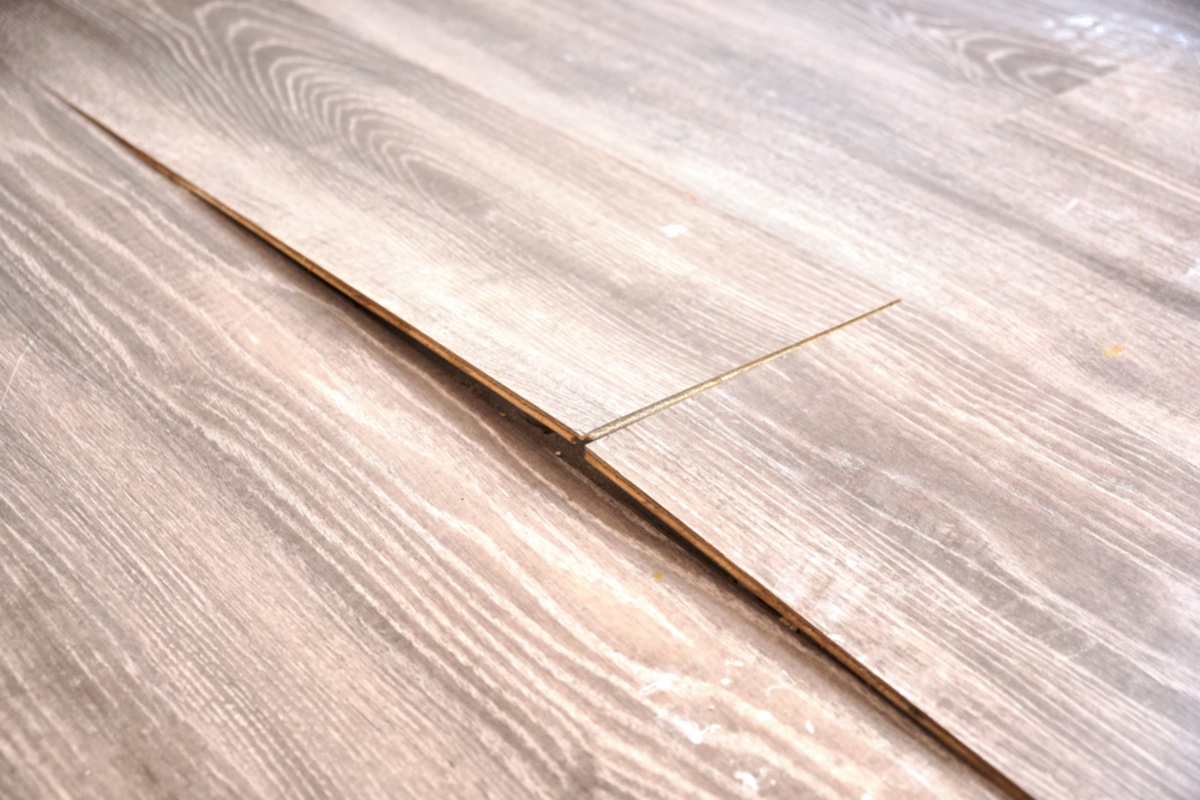
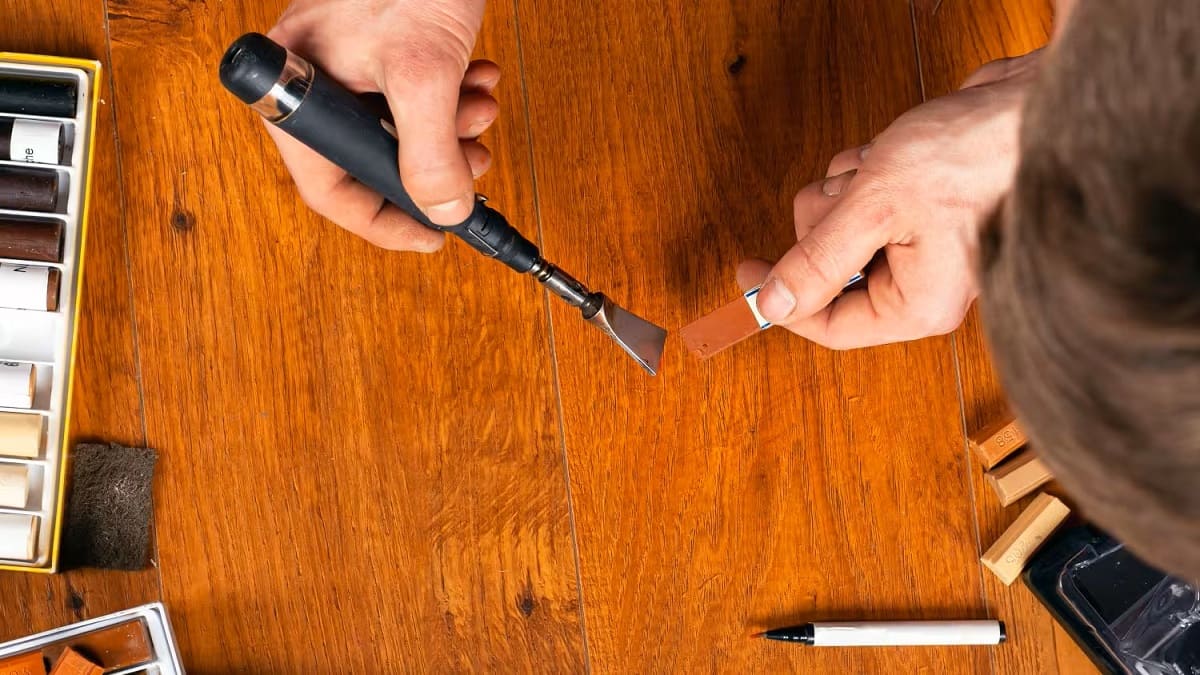
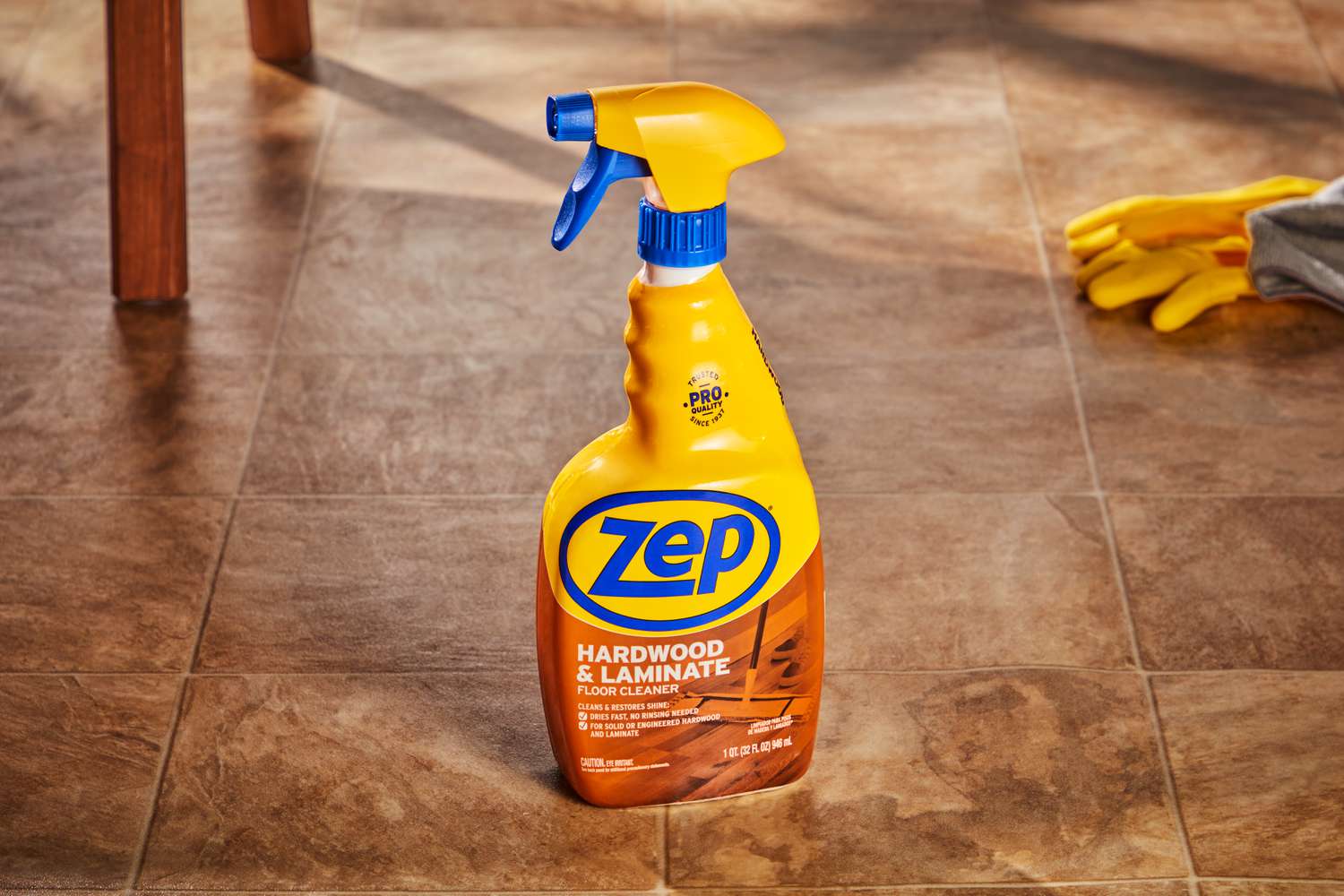
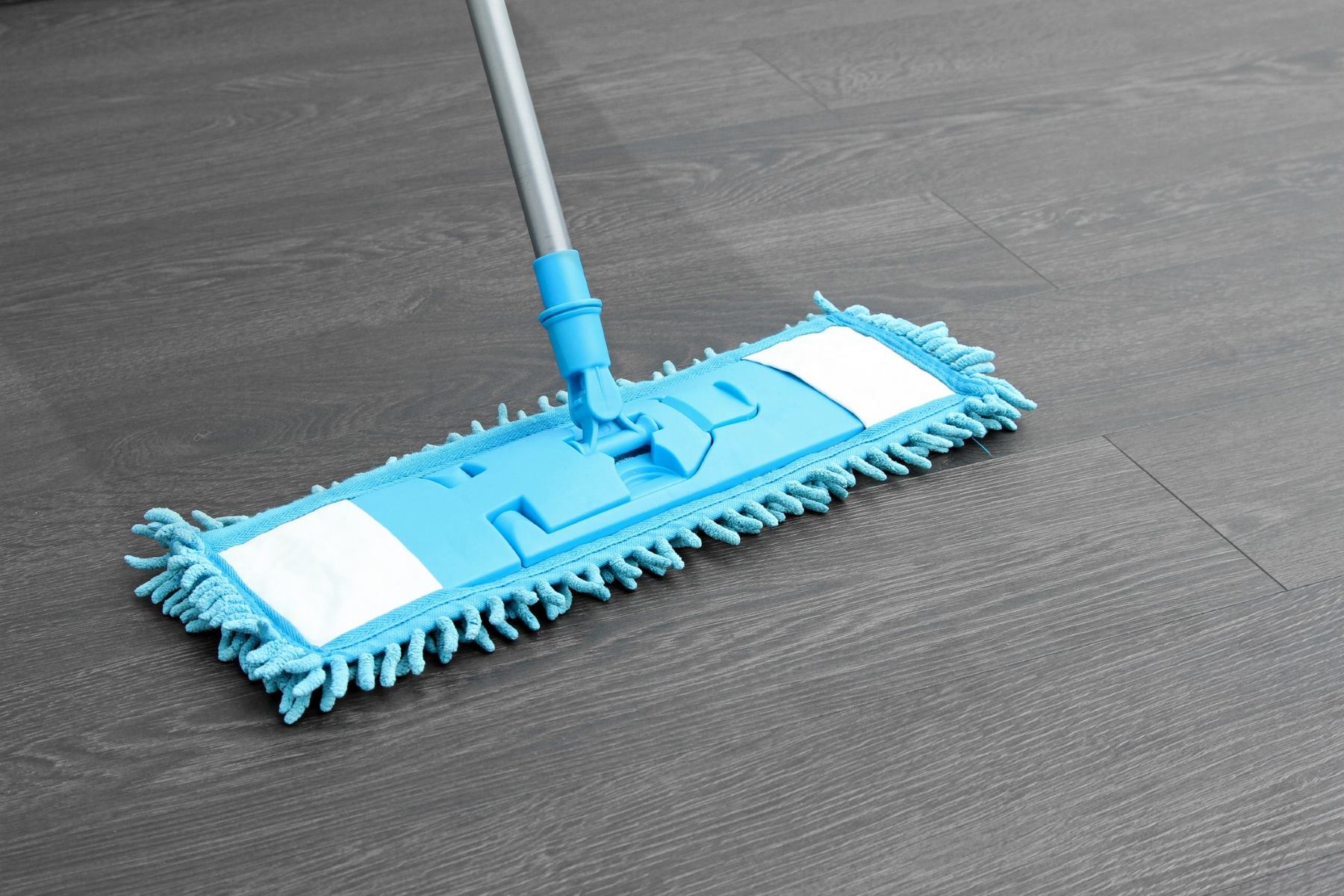
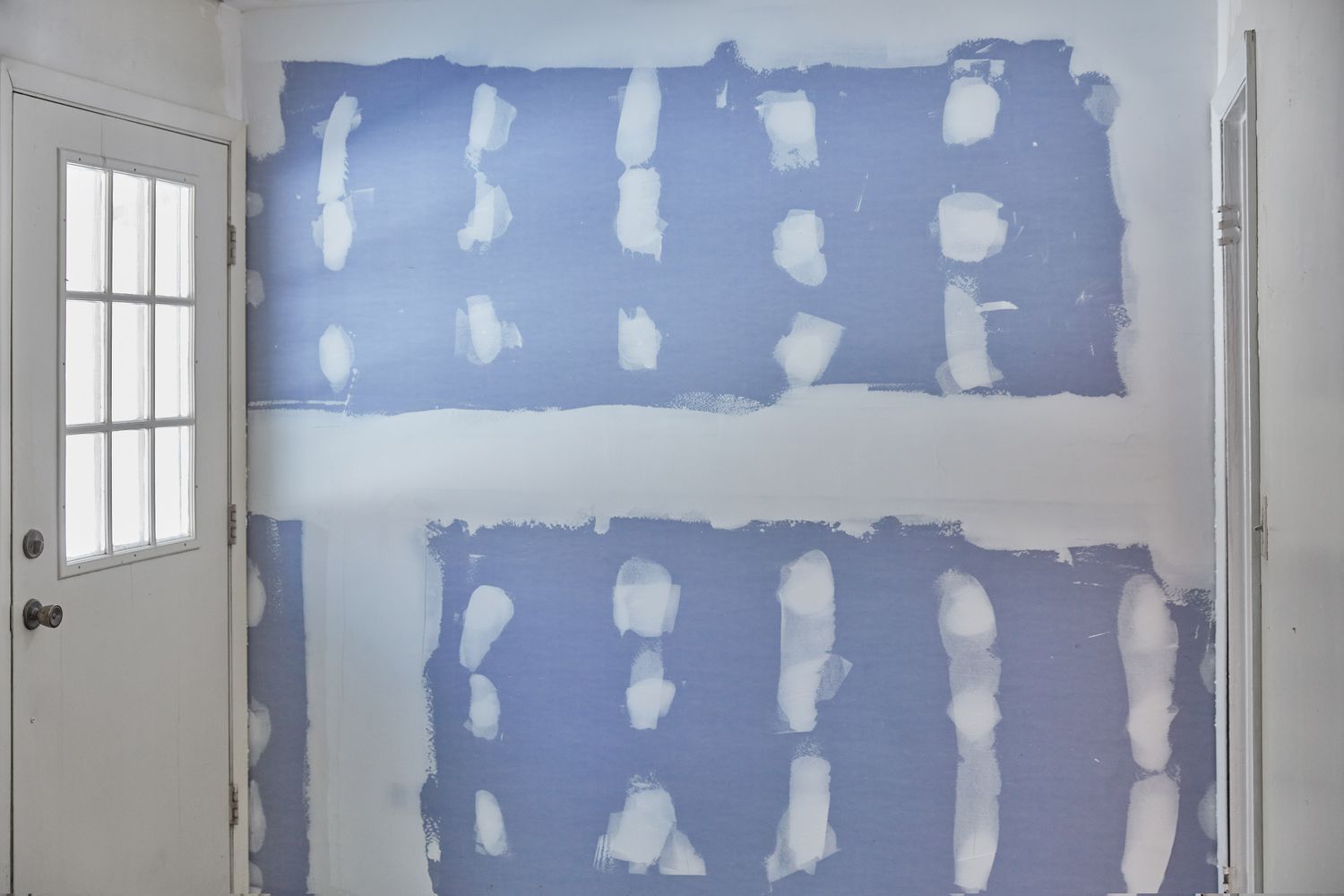
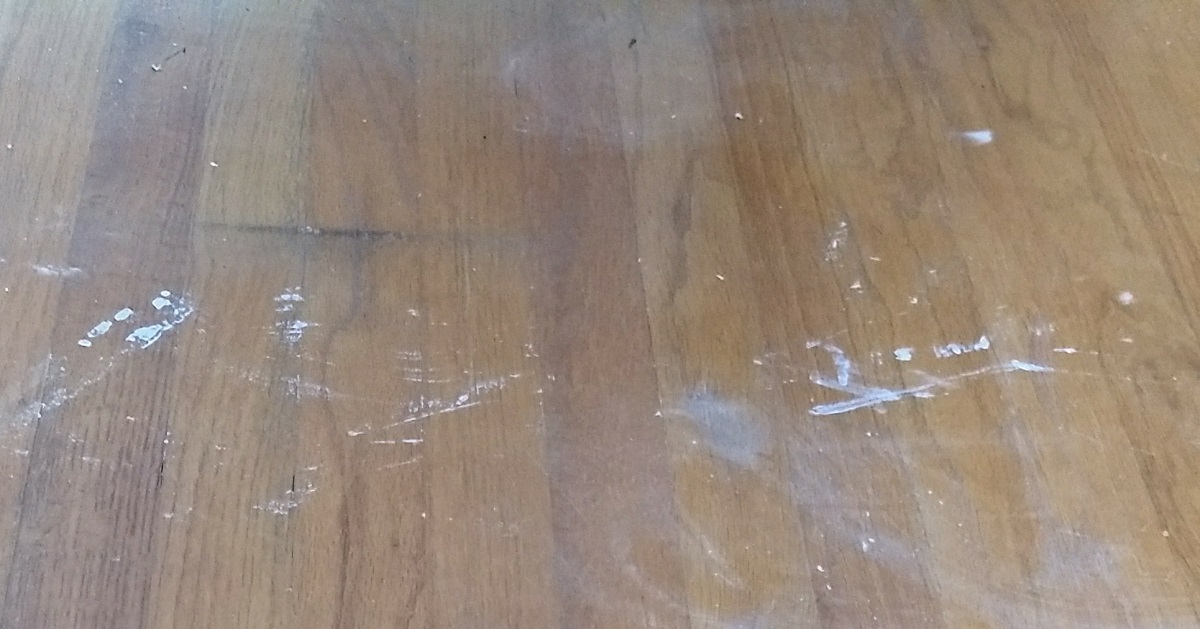
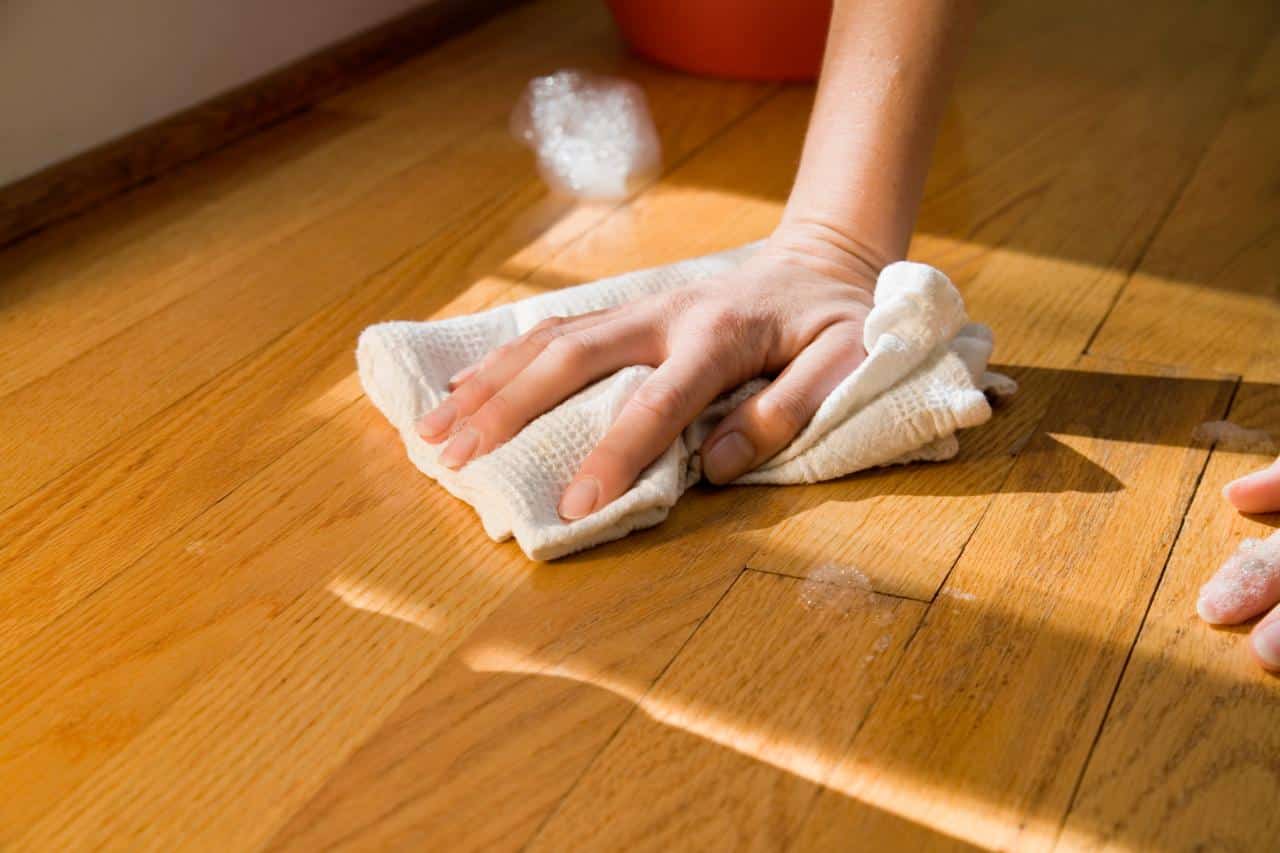

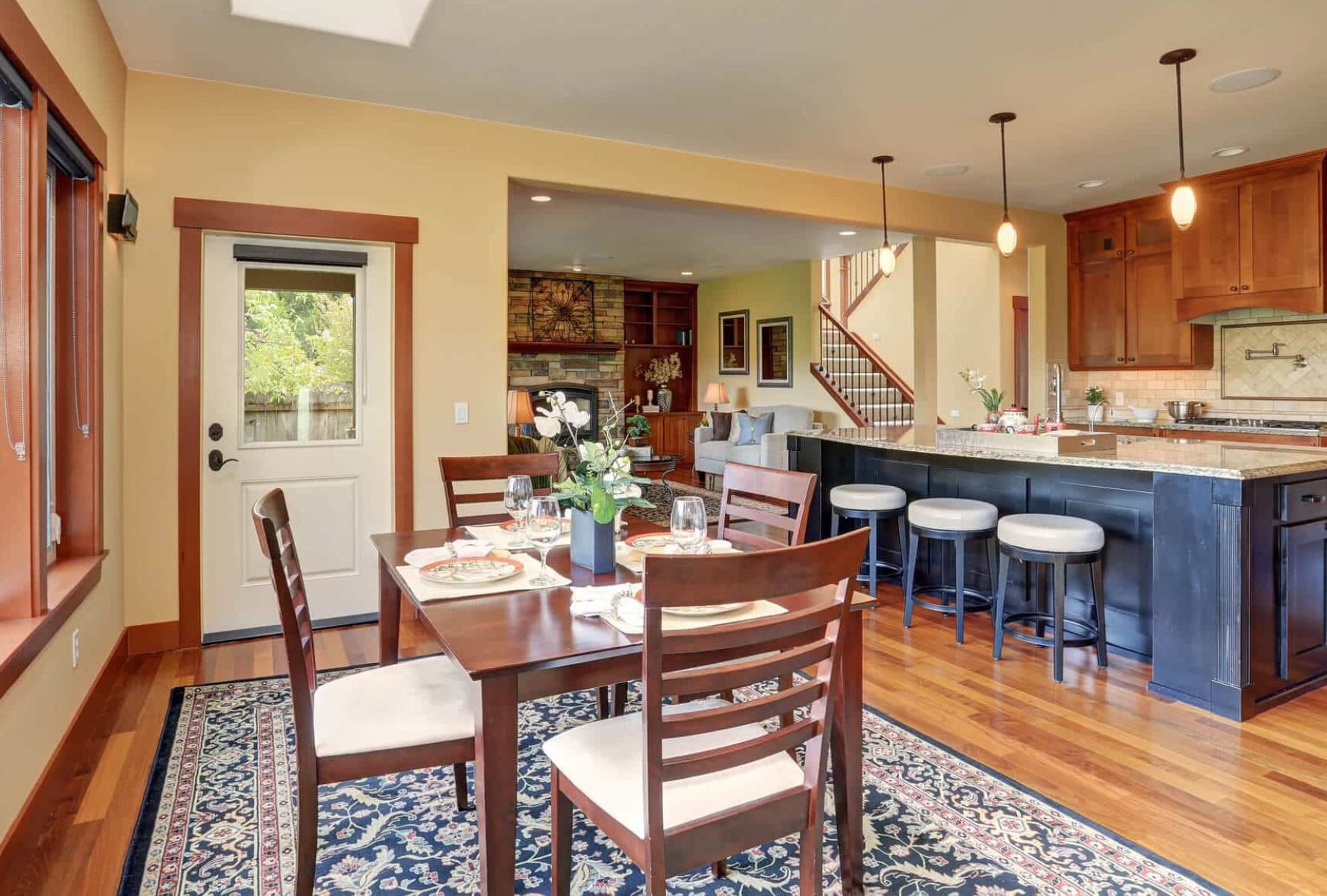


0 thoughts on “How Long Does Laminate Floor Need To Acclimate”